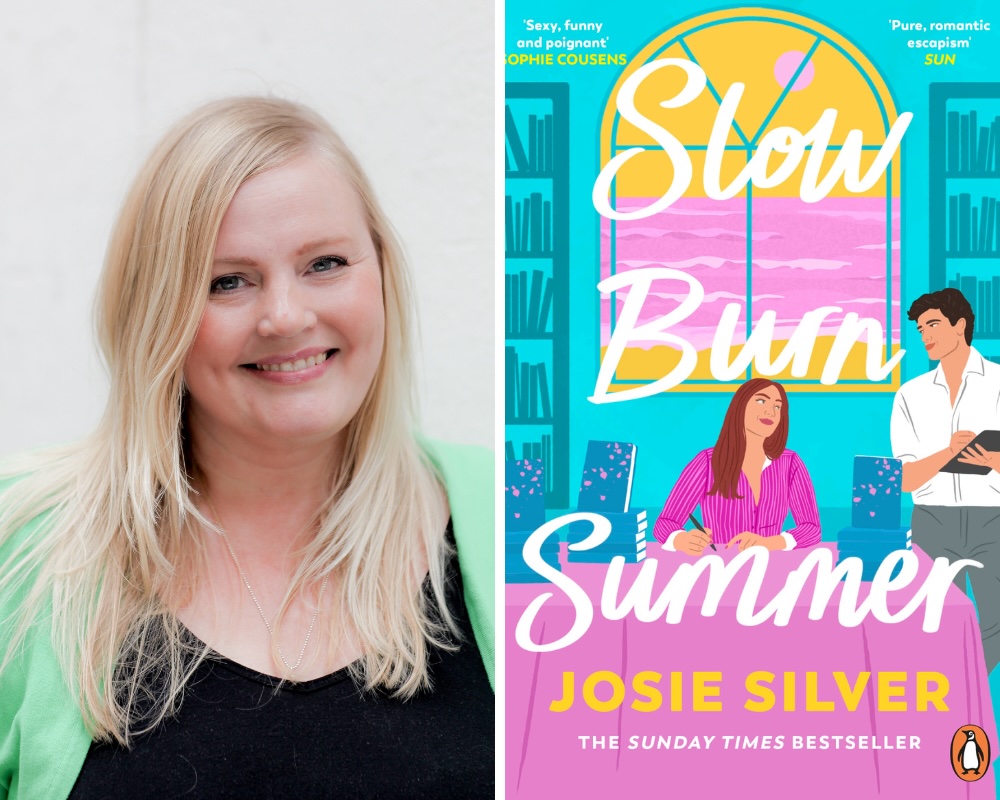Josie Silver on writing longhand

Like most writers, I live on my laptop, several documents constantly open when I’m in the thick of writing a first draft. One for the main story, another for deleted scenes I might use elsewhere, plus a bare bones chapter plan and character notes to keep everything on track. And in the main I love working that way, until I hit a wall and need to slow the process right down.
In those moments, I usually procrastinate and get very little done for a while, and then I turn to the tried and trusted method – writing longhand.
There’s something freeing about the glide of a pen on the page that gives me permission to make mistakes, to ramble and flow, to ask myself questions within the story. What if I did that instead? How would she react if this happens? Side notes scrawled in the margins, almost as if I’m the teacher marking my own work and throwing in suggestions for improvement. You can’t take a red pen to a word document, have the joy of crossing out or the satisfaction of circling something hard several times because it’s exactly the right solution to a gnarly plot problem. It might seem counter-intuitive to write out pages and pages knowing full well I’m going to have to go back and type them into the manuscript afterwards, but that part of the process is often where the best stuff happens. I’ve already done the hard yards by hand in the notebook, earning myself the pleasure and pay off of writing fluently again. Sometimes the words that end up in the final manuscript are completely different from those in the notebooks, but that doesn’t matter because the process has had the desired effect – I’ve steered myself around the wall and back onto the open road again.
I’m particular about the notebooks I use, too. I favour soft covers and lined paper with a pouch in the back for loose notes, that awkward size that’s bigger than A5 but not quite A4 – I did say I’m particular! I linger over choosing a colour that feels exactly right at the beginning of each new project and then stick with it throughout, there will usually be three or four filled books by the end.
And then, of course, there’s the pens. Oh, but the pens! A love for stationery is common amongst writers, and I’m no exception. Years ago I held an office job as a stationary clerk, and honestly it was the highlight of my non-writing career. I stepped into my Blair Waldorf stationery queen era with fervent enthusiasm; if I could have worn the key to that stationery cabinet around my neck on a ribbon, I absolutely would have. I’m no less pen-obsessed now, except these days my well stocked stationery cabinet is just for me.
Slow Burn Summer is published by Penguin on 17 July 2025



